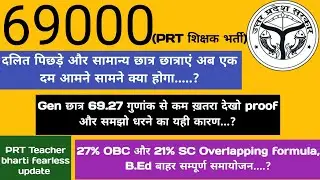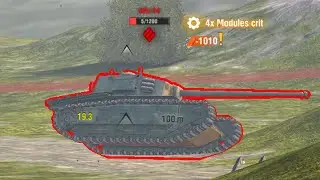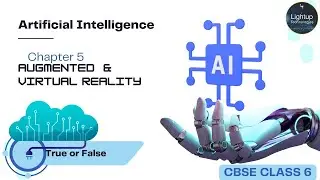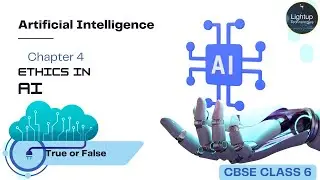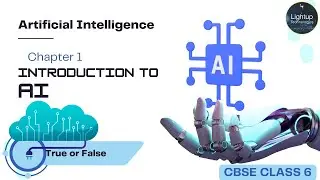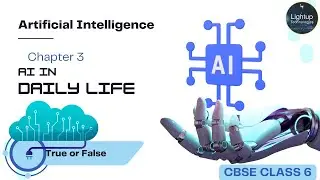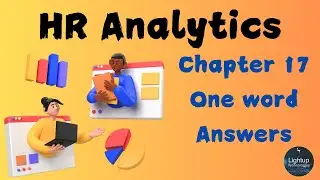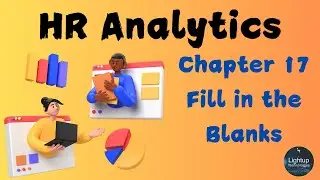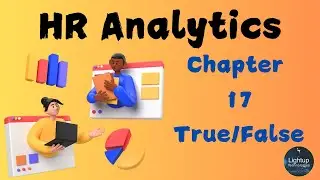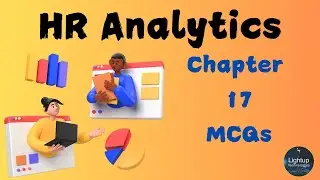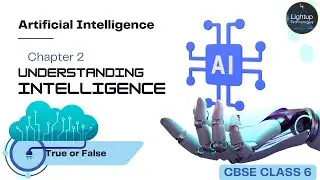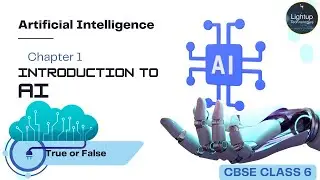R Programming Insights Interview Questions and Answers Chapter 5 Video.
In this comprehensive video titled "R Programming Insights: Interview Questions and Answers for Chapter 5," we delve into the world of lists in R, one of the most versatile and essential data structures available in the language. Chapter 5 is crucial for anyone serious about mastering R programming, as lists allow you to store and manage a variety of data types and structures in a single object. Whether you're preparing for a technical interview or looking to deepen your understanding of R, this video will provide you with the insights and practical skills necessary to work effectively with lists.
Lists in R are unique because they can hold elements of different types, including numbers, strings, vectors, matrices, and even other lists. This flexibility makes them indispensable for complex data manipulation tasks. The video begins by exploring the basics of creating lists, guiding you through the syntax and different methods for defining lists in R. Understanding how to create and structure lists is fundamental, as it allows you to organize and manage complex data more effectively. We'll demonstrate how to create simple and nested lists, showing you how to build lists that meet specific needs.
After covering the basics, the video delves into accessing and modifying elements within lists. Lists in R can be indexed in multiple ways, allowing for both positional and named access to their elements. This section of the video is critical for anyone looking to manipulate list data efficiently, as it covers techniques for retrieving, updating, and deleting elements within lists. You'll learn how to use both single and double square brackets for accessing list components and how to leverage names within lists for more intuitive data manipulation. Mastering these skills is essential for handling complex data structures in R and is often a focal point in technical interviews.
Next, the video explores list operations and functions that are commonly used in R programming. Lists are dynamic data structures, meaning they can be modified by adding, removing, or replacing elements. We will cover operations such as appending elements to lists, merging multiple lists into one, and splitting lists based on specific criteria. Additionally, we'll look at how to apply functions across list elements using functions like lapply() and sapply(). These operations are crucial for data processing tasks and are often tested in interviews to assess a candidate's ability to work with complex data structures.
Naming elements within a list is another key topic discussed in this video. Named lists allow for more readable and maintainable code, as each element can be accessed by a descriptive name rather than just its position. We'll show you how to assign names to list elements and how to leverage these names for more effective data manipulation. This is particularly useful when dealing with lists that store related but varied types of data, such as the output of statistical models or the results of multiple analyses. Understanding named lists can set you apart in an interview, demonstrating your ability to write clear and organized R code.
Sorting and searching within lists is another important area that this video addresses. Lists can be complex, and finding specific elements or organizing data within a list is a common task. We'll cover how to sort lists, both by the values of their elements and by their names, and how to search for specific elements using various R functions. This section will also touch on handling lists with missing values and ensuring that your search and sort operations are robust and error-free. These skills are invaluable for data analysis and are often required in technical interviews to demonstrate your problem-solving abilities.
In addition to these topics, the video also covers advanced list manipulations, such as converting lists to other data structures like vectors or data frames, and vice versa. These conversions are often necessary when preparing data for analysis or visualization, and knowing how to perform them efficiently is a key skill in R programming. We'll provide examples that show you how to handle these conversions smoothly, ensuring that you can work with your data in the most appropriate format for your analysis.
As with other videos in this series, "R Programming Insights: Interview Questions and Answers for Chapter 5" includes a range of interview-style questions and answers designed to test your understanding of lists in R. These questions are carefully crafted to challenge your knowledge and help you prepare for the kinds of questions you might encounter in a technical interview. By practicing with these questions, you'll be better equipped to demonstrate your expertise in working with lists and to apply your knowledge in a real-world context.



